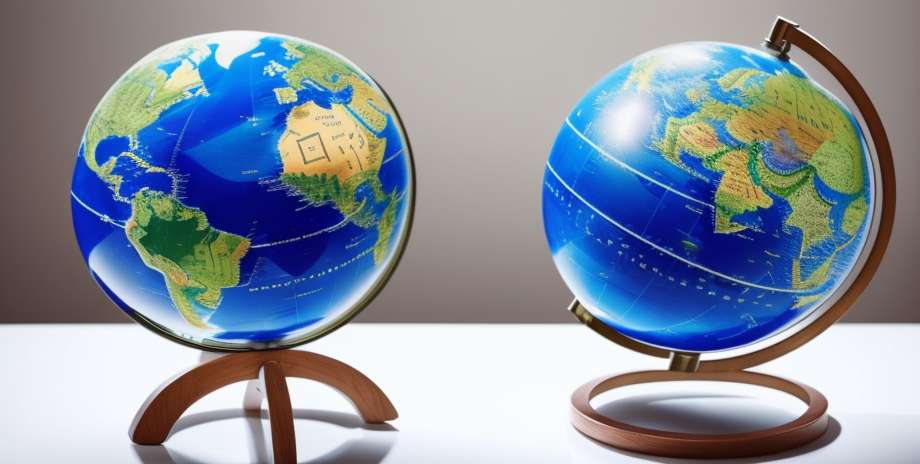These are some interesting data given by the World Health Organization (WHO), regarding Poliomyelitis and how it has been decreasing its incidence in the world.
- Poliomyelitis mainly affects children under five years of age.
- One in every 200 infections leads to irreversible paralysis (usually of the legs), and between 5% -10% of people with paralysis die as a result of inactivity of the respiratory muscles.
- Cases of poliomyelitis have decreased by more than 99% since 1988, with 350 thousand cases then estimated, up to 1,997 cases reported in 2006. This reduction is the result of the global initiative to eradicate the disease.
- In 2008, poliomyelitis remains endemic only in four countries, compared to more than 125 in 1988. The countries still affected are Afghanistan, India, Nigeria and Pakistan.
- The remaining pockets of polio transmission remaining in northern India, northern Nigeria and the border between Afghanistan and Pakistan are the main targets of the polio eradication initiative.
- As long as there is only one infected child, children in all countries will be at risk of polio. Between 2003 and 2005, 25 previously polio-free countries once again presented cases of infection due to the importation of the virus.
- In most countries, the global effort has expanded the capacity to deal with other infectious diseases, as it has led to the development of effective surveillance and immunization systems. In addition, thanks to the dynamic research carried out as part of the eradication effort, the knowledge of poliovirus has been deepened.
- For this effort to be fruitful, a considerable deficit of funds will have to be corrected in order to finance the next steps of the global eradication initiative.
Global Polio Eradication Initiative
goals
The objectives of the World Polio Eradication Initiative are:
- Disrupt the transmission of wild poliovirus as soon as possible;
- Achieve certification of the global eradication of polio;
- Contribute to the development of health systems and the strengthening of systematic immunization and surveillance of communicable diseases on a continuous basis.
Progress
In 1994, the disappearance of poliomyelitis from the Region of the Americas of the World Health Organization (WHO) was certified (36 countries). Next came the WHO Western Pacific Region (37 countries and areas, including China), in 2000, and the WHO European Region (51 countries), in June 2002.
In 2007, more than 400 million children were immunized in 27 countries during 164 supplementary immunization activities (ASI). Globally, polio surveillance has reached record highs, as evidenced by the rapid detection of cases of acute flaccid paralysis.
For more information visit the official website of the World Health Organization
